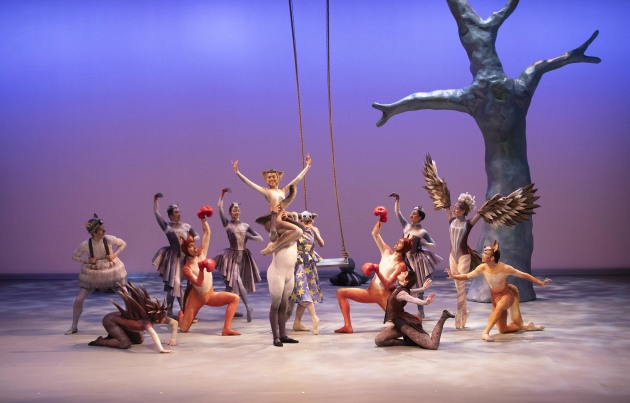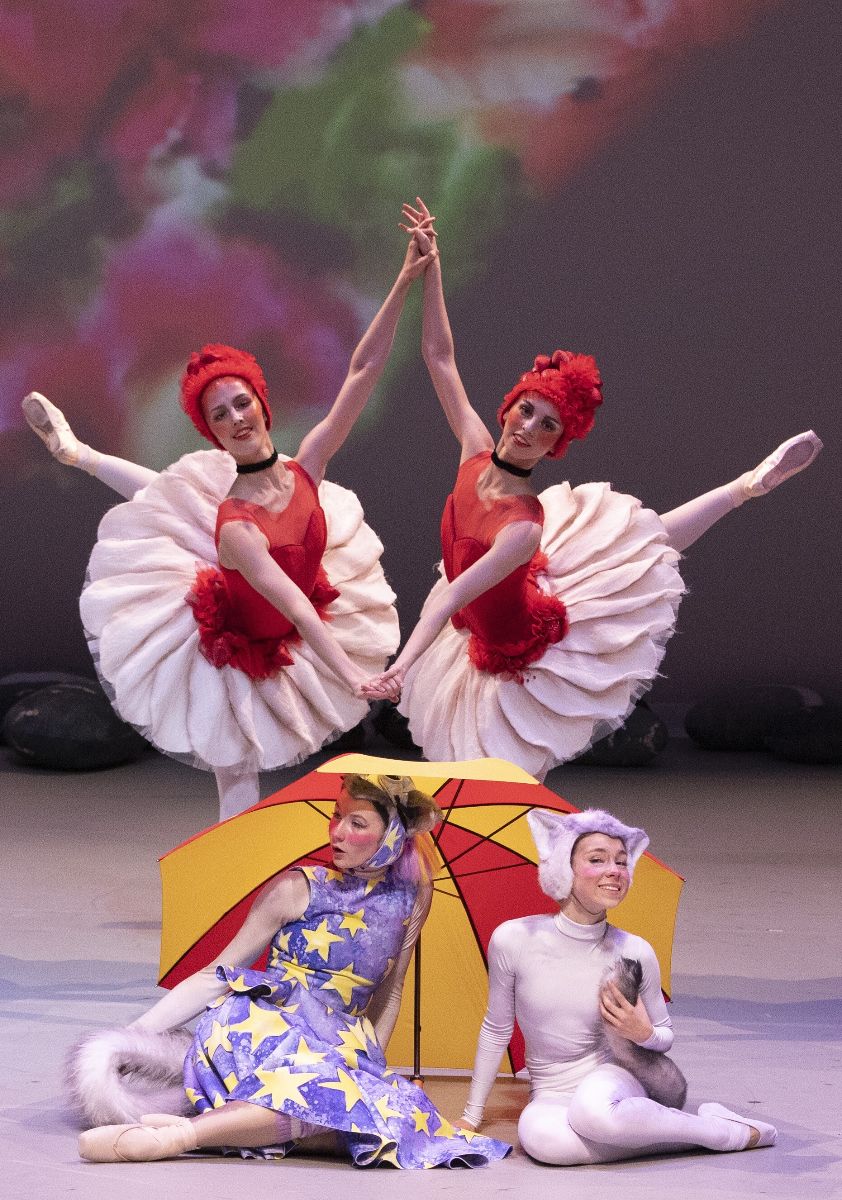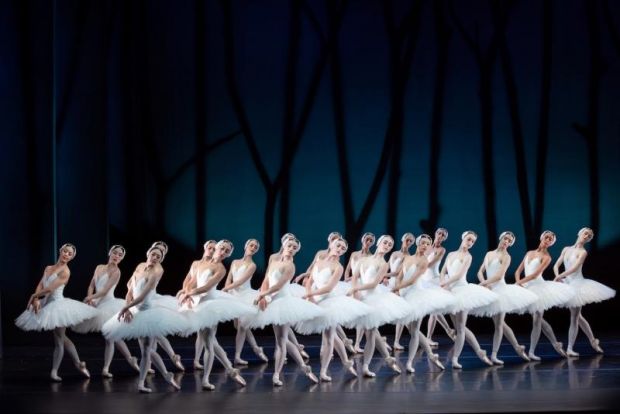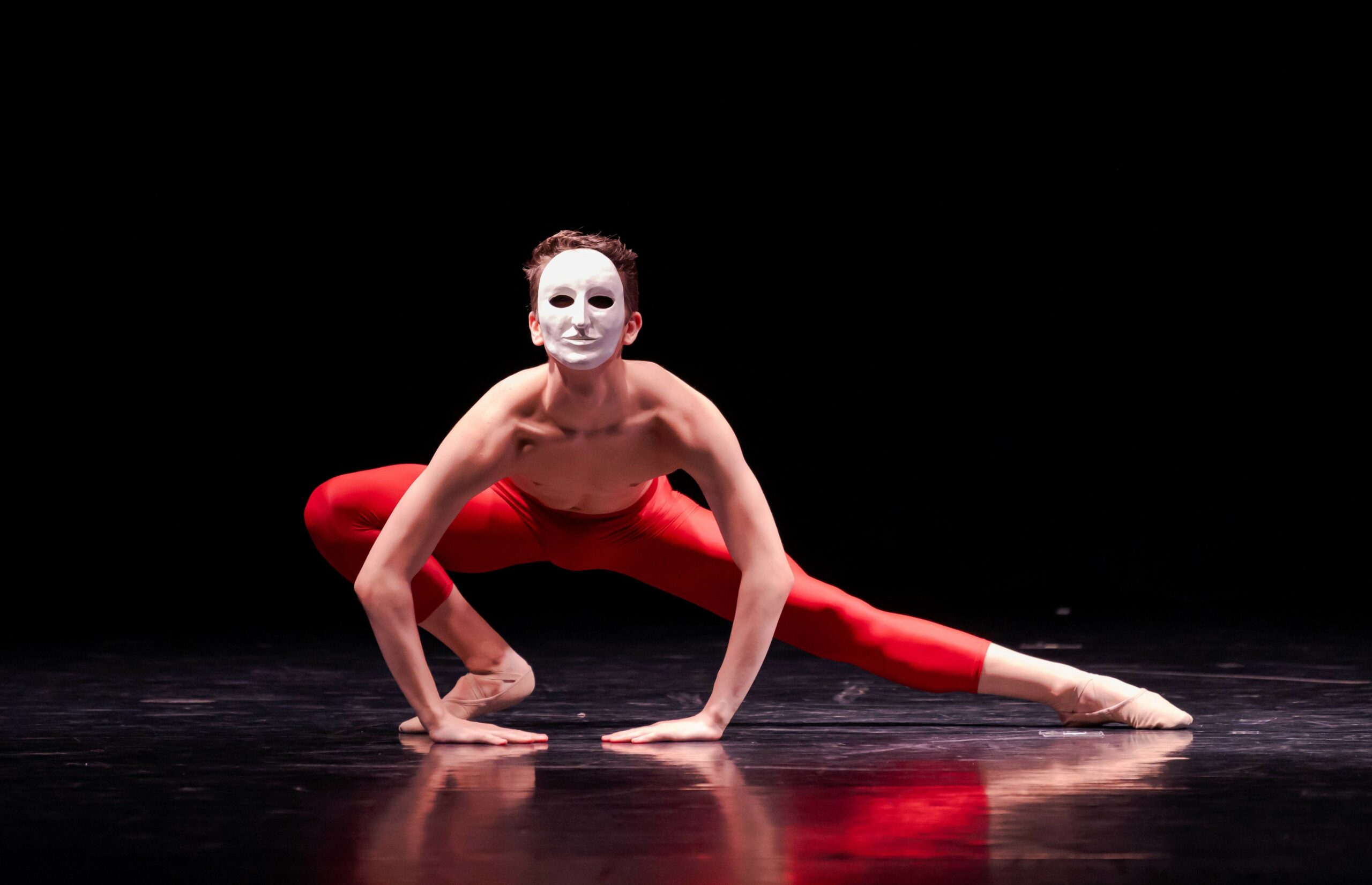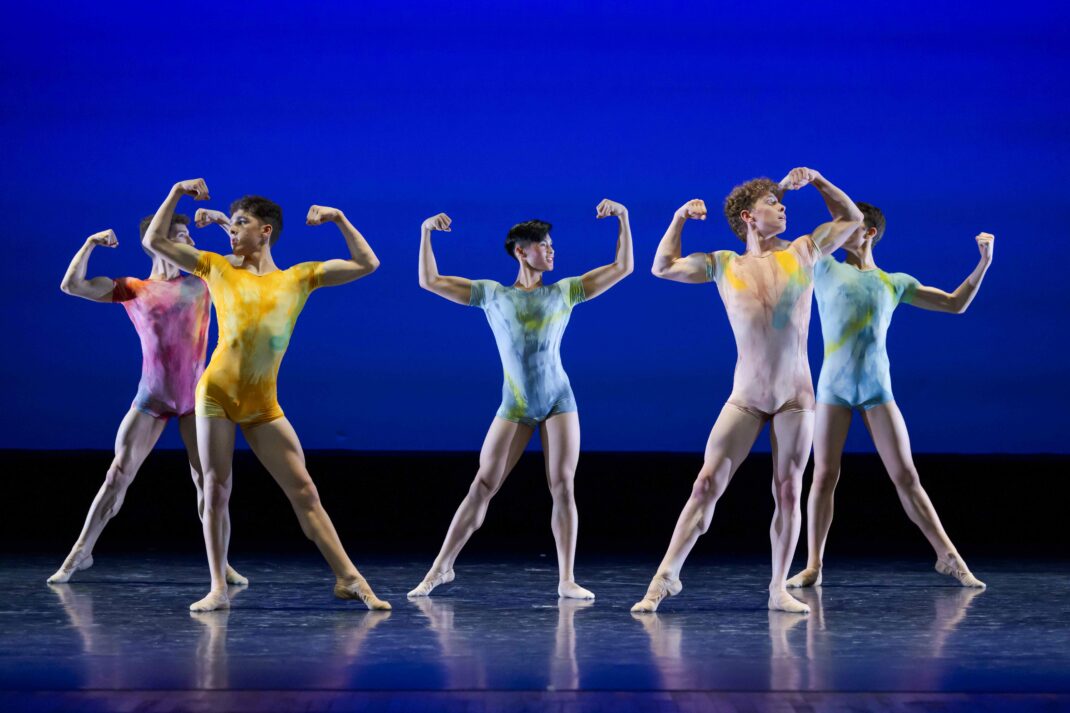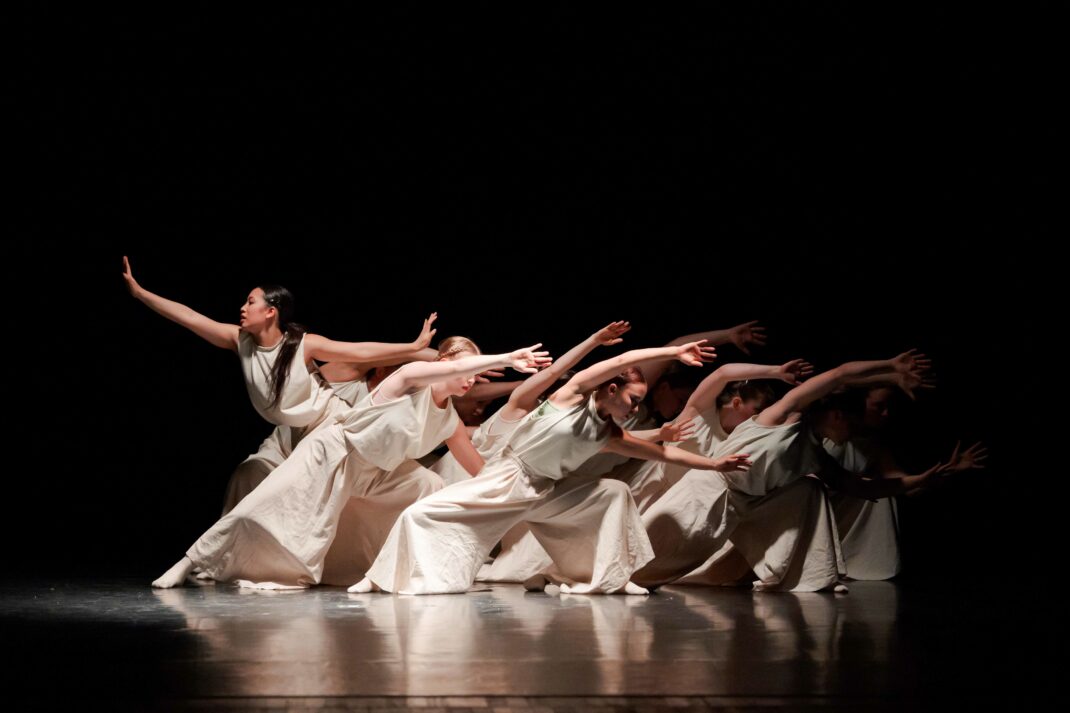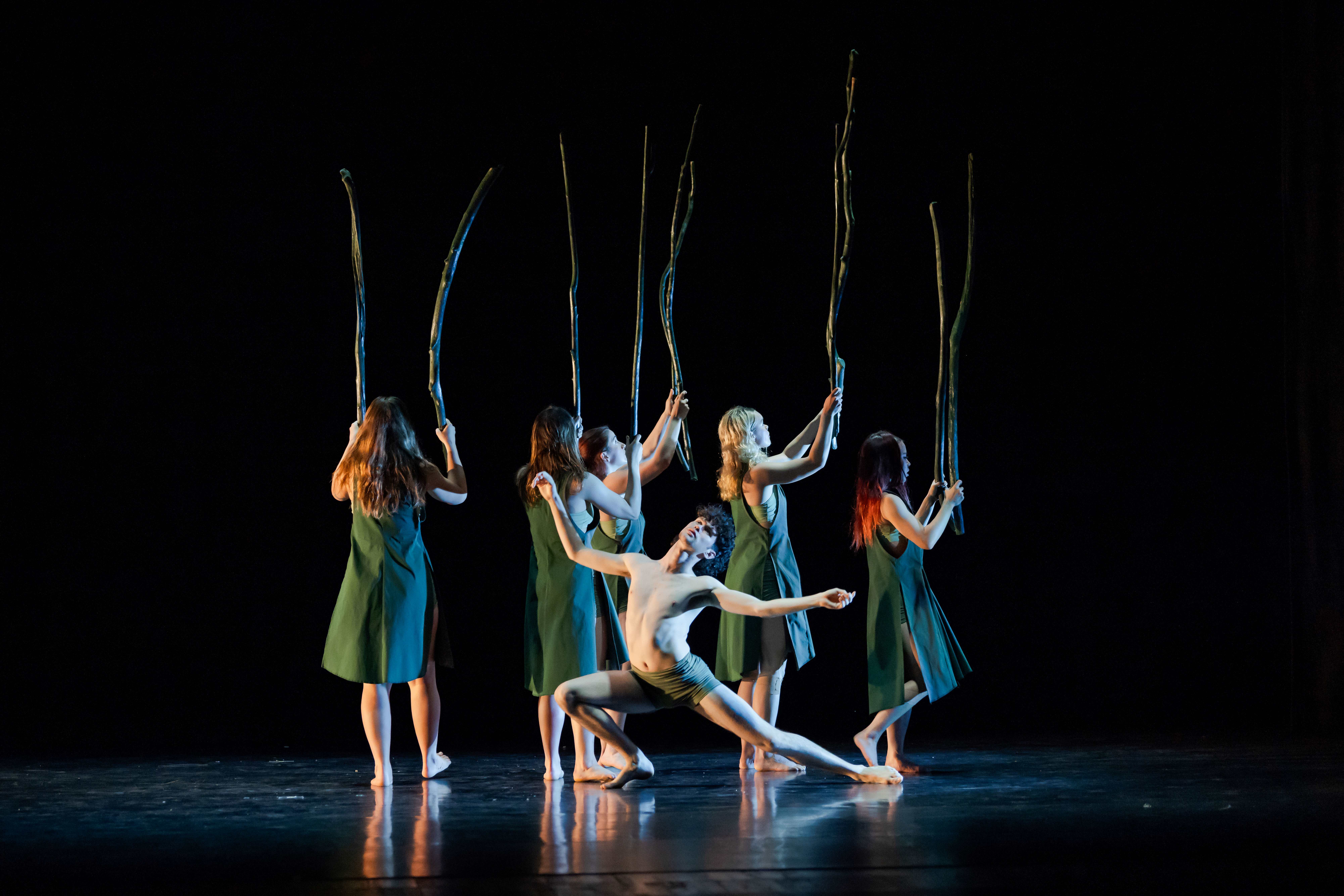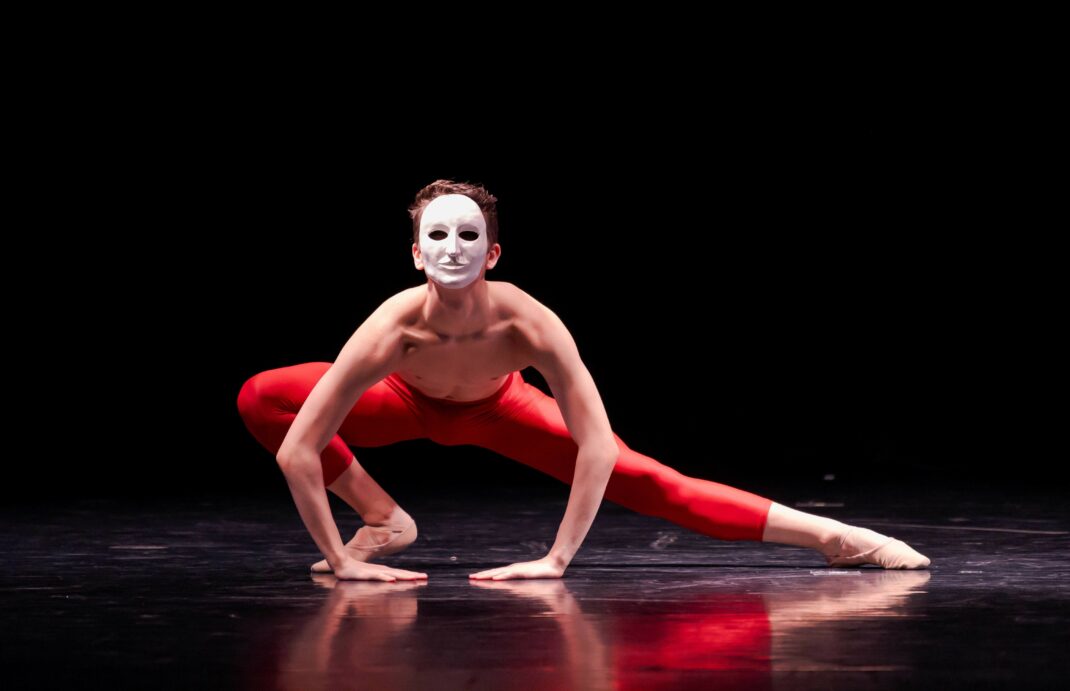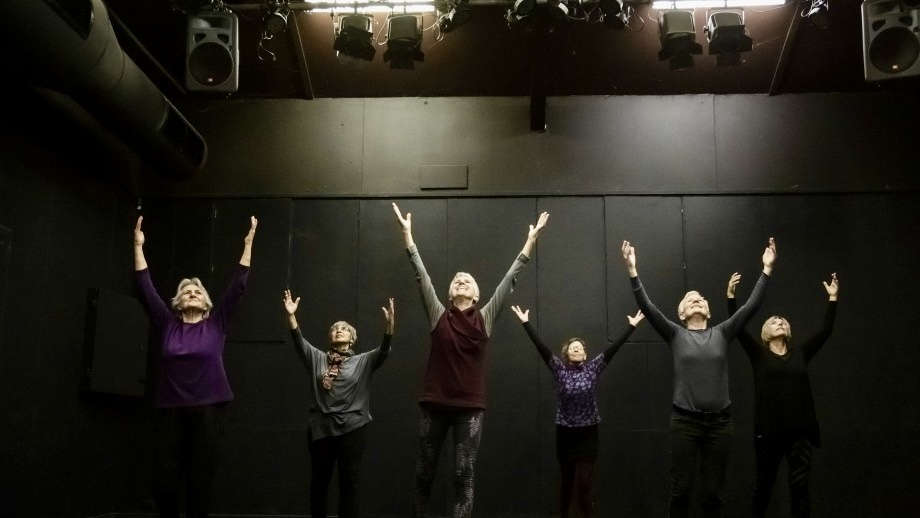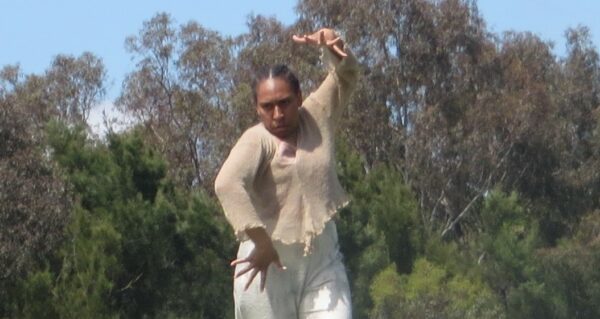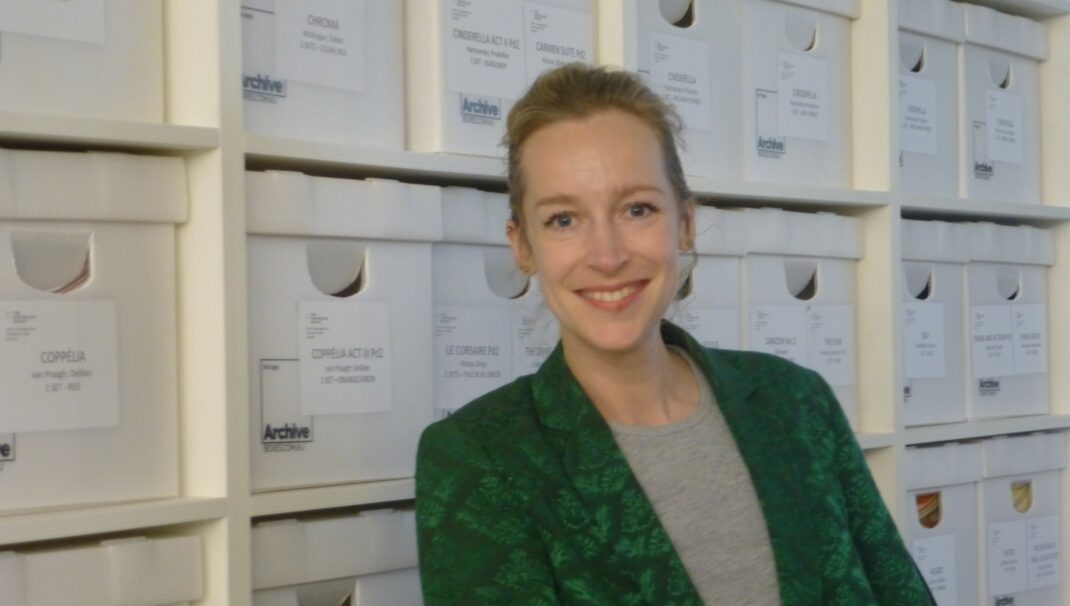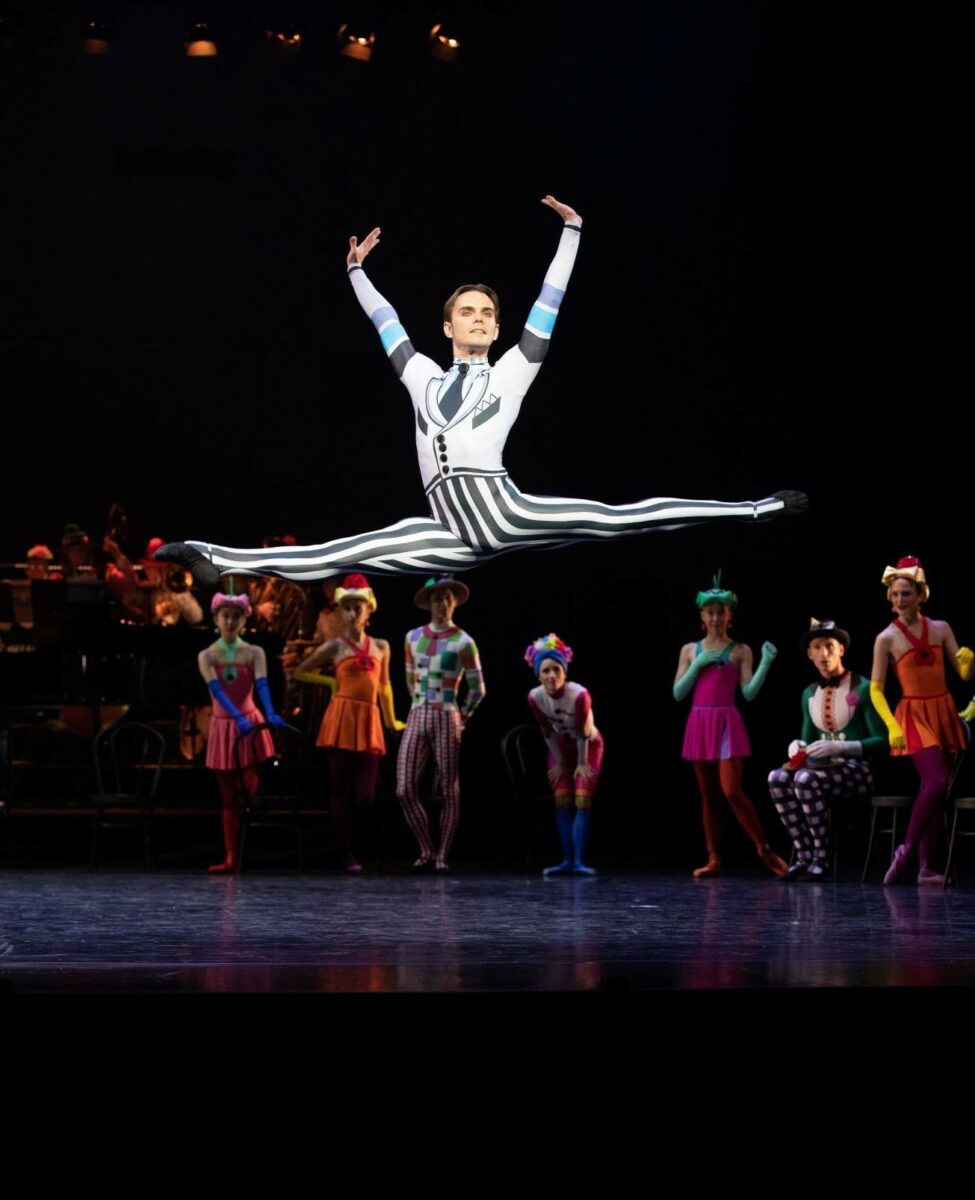9 December 2023. Carriageworks, Eveleigh (Sydney)
New Breed, an annual program of new works from four emerging choreographers, celebrated its tenth year in 2023. While I haven’t seen all ten seasons, two works from previous seasons stand out in my mind—Melanie Lane’s WOOF from 2017, which has gone on to have main stage performances and has lost none of its brilliant approach to choreography and theme, and Reign in 2015 from Daniel Riley, who is now artistic director of Australian Dance Theatre. For me, however, none of the fours works in the 2023 season, one each from choreographers Riley Fitzgerald, Eliza Cooper, Tra Mi Dinh and Beau Dean Riley Smith, had anywhere near the same impact as the two works I remember so clearly from the past. Unfortunately! But then I guess we can’t expect necessarily that every season will have a work that is so good that it remains in the memory for years.
From a purely visual point of view, Eliza Cooper’s Revenge tales and romance looked spectacular with its remarkable, colour-drenched costumes designed by Aleisa Jelbart. But it was hard to follow what exactly Cooper was getting at. After reading the program notes, it seems there were many thoughts (too many) going through Cooper’s mind as she put the work together. Brazen heroism? The appropriateness of symbolism and archetype? Legacy and canon? And so on. Dance doesn’t lend itself to a multitude of abstract ideas in my opinion and I found Revenge tales and romance entertaining in some respects, but frustrating to follow in many others.
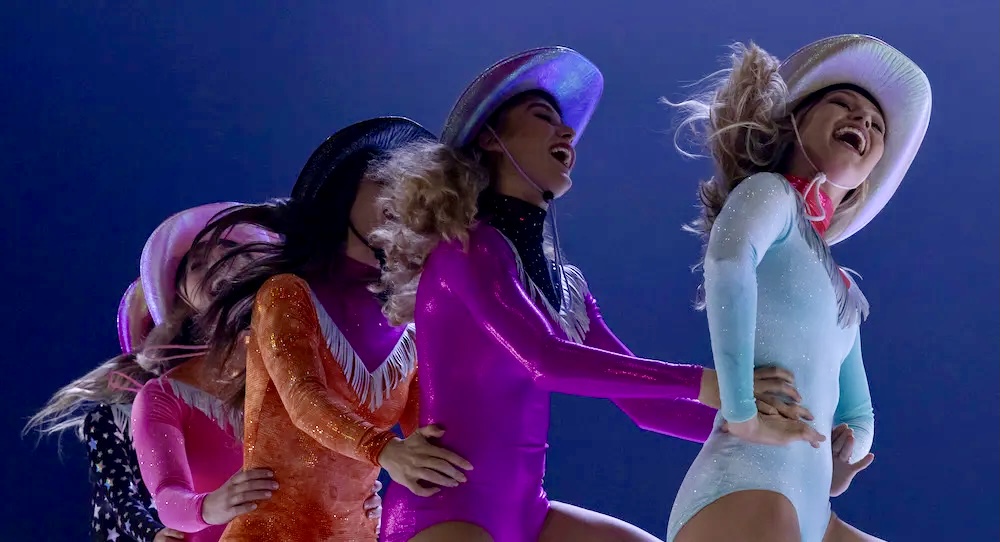
Choreographically I particularly enjoyed Tra Mi Dinh’s Somewhere between ten and fourteen, which explored the changing light of the period of dusk. Although it seemed rather long (even though it lasted just 22 minutes), it was well constructed with its group of dancers changing patterns and moving through space quite nicely. With just one major idea at its centre, it was a work that spoke clearly and allowed further, personal thoughts to emerge at times.
Riley Fitzgerald’s EverybOdy’s gOt a bOmb (and yes, the upper case O in three spots is how it was spelled) was based on several distressing events that occurred during the 1999 Woodstock Festival in Rome, New York State. Fitzgerald’s program notes says his work explores ‘raw, primal behaviours that emerge during such chaotic events’. The choreography was sometimes ugly (appropriate given the theme?) in its groupings, and it was certainly chaotic, but, a little like Cooper’s work, it was not an easy topic to follow.
Having been a longtime admirer of Beau Dean Riley Smith’s work as a dancer and occasionally choreographer with Bangarra Dance Theatre, I had been looking forward to his Gubba, a work in which he set out to examine the demolition of First Nation’s peoples over time by white colonists. It was a great topic and well worth telling through an Indigenous perspective. I admired the choreography, with overtones of Bangarra vocabulary, but it was a shame I thought that Smith chose to think of the colonists as akin to Martians. The word ‘gubba’, which gave its name to the work, is defined in the Macquarie Dictionary as ‘n. Aboriginal English, (oft. derog.) a white man’. That was enough to reflect an opinion, especially given the derogative nuance of the word, and perhaps it was somewhat unnecessary to go ‘off the planet’ as it were.
New Breed, produced with a principal partnership from the Balnaves Foundation, is a terrific initiative and, despite my various misgivings, I look forward to seeing another iteration in 2024. You never know what and who might emerge.
Michelle Potter, 18 December 2023
Featured image: (l-r) Eliza Cooper, Beau Dean Riley Smith, Tra Mi Dinh and Riley Fitzgerald. Photo: © Pedro Greig

